
After finishing a large project in my first year, I had the opportunity to carve out my work in my second. An opportunity that’s been both beautiful and terrifying at the same time. I tried to make good use of it by exploring, testing, and executing. Also got some results along the way.
Took an interest in marketing
Last year, with the product documentation upgraded to a more acceptable level, I began experimenting with landing pages, white papers, and comic scripts among other things. In a few weeks, these things sparked my interest in marketing. The idea of using words and visuals to communicate with a mass audience that wants to hear from you; to present a solution to their problems, to help them discover and adapt that solution, I liked the idea of being able to do such things.
But there was a tiny problem—I knew nothing about marketing. Okay, I did have a writing background, won awards for quality and bringing in most views in my previous organization. But this was real, I had very little guidance and had to figure out everything from scratch. What to do? How to do? How to choose? And most importantly, where to even start?!
Taught myself something about it
But marketing had my interest so much so that I committed a good chunk of time in the first two months of this cycle to teach myself something about it. Now, marketing being a broad and deep area, the possibilities seemed endless. I began understanding what’s what like SEO, ads, social media, content marketing, emails, copywriting, and so on.
There are two broad approaches to marketing—the science part to deal with analytics, data, and budgets; the art part to truly understand your audience and capture them with your words and user experience.
Started off organic
Before I talk about art and science let me go over what I did for most of my second year—organic marketing.
Equipped with my core competency in writing and no expertise to show for in handling a budget for ads, I set out to start organic, partly because I knew I could achieve something with it, partly because I was scared to pick up something unknown. But I rarely make emotional decisions, so logically, organic and content marketing is a bedrock to build first since it’ll grow over time and doesn’t need constant spending. There were also other reasons to not go for ads even though that’s the first thing to occur in people’s minds when they hear the word marketing.
So what is organic marketing? It’s achieving sustainable growth naturally over a longer period of time without spending any money on advertisements. Think mostly blogs and landing pages done with SEO and understanding what people are searching for. You put out good content, people search for it and visit your blog if they see it in the search results. (Not quite simple since getting to Google’s first page is no joke, more on that later).
Initially, I spent a little too many days reading about all this which is when Rushabh pushed to start shipping with a snippy comment “What is Prasad doing? He’s reading blogs, not writing any”. This made me laugh a bit but it was time to do something.
I started with basic blogs like “What is ERP” and worked my way towards more complex topics like bill of materials. I didn’t fuss too much over minute details. Since things like the length of a blog don’t really matter and bigger doesn’t always mean better but I do want to brag about being able to pull off a 6,100 word blog on lean manufacturing so give it a read if you will.
So now we’ll talk about my understanding of science and art in marketing.
Starting with science
“SEO”—some people think it’s the magic bullet, while some like our founder have grown averse to the word to an almost disgusted level. While it’s no magic solution, it’s also not so bad either. The multitude of subpar articles flooding the web are to blame. Many are written just for the sake of writing and give SEO a bad name. A quick google search for any topic of your interest will show at least 2-3 articles written to be “SEO optimized” and reader ignorant.
Anyway, it’s where I started after a decent understanding of SEO and organic marketing. SEO and user intent were the foundation to my content strategy, a lot of which I learned from marketing leaders like Tim Soulo from Ahrefs, Brian Dean from Backlinko, and Neil Patel. My approach was looking up keywords in different topics, forming outlines, and filling them up to form blogs. Titles, subtitles, and headlines had to be pretty good, clickbaity even but there was no bait, only quality content.
Later on, I optimized some parts of content for enhancing the Google rankings. I understood a bit more every month. Things to consider before writing like search volume, search difficulty and ones after writing like rankings, linking, and traffic sources.
Balancing with art
As someone with a scientifically inclined mind, I leaned towards metrics, data, understanding the funnel, and other things. However, our founder, Rushabh is someone with an artistically inclined mind who balanced out my approach for the better. In my earlier days this year, he showed me that while my articles were competent and sound, they could be better, better to read and more useful to the reader. Although feedback from him was sparse, I picked up quickly and ensured to proofread, self-critique, and make my pieces better every time, even if just a little more than the last time. Now, after a year, my blogs are smoother to read, well structured, and informative to the reader.
But the art I refer to here is not limited to writing blogs. A few months ago, I presented a proposal to run a campaign, it was operationally well thought out—who to target, where to show, how much to spend, and when to spend. The problem? The messaging and targeting lacked depth. My misconception of “let’s do a simple promotion campaign” was set straight and I noted down feedback. I will give this another go after better understanding and ironing out a few other areas.
And there’s still more, recently I learned that there should be a vision to doing things. After all, that’s one of the most important traits in leadership. As I take baby steps and learn, I do aspire to be a leader in a few years. But setting a vision for anything, marketing of all things, would require tremendous depth. To tell a memorable story that connects and resonates with the audience in everything that a brand does. This isn’t something you can consciously think about and pull out of a hat on a Tuesday, well, unless you’ve done it before and are a branding genius. So I’ve been reading and trying to understand big brands and why they’re memorable. I’ll write about it if I figure out something!
The ideal approach is a balance of both
Coming to the science vs art approach in marketing, both are important. You can’t create a funnel and spend on ads without art, understanding your audience, and crafting good messaging. At the same time, you can’t just throw things out without a sound understanding of your funnel, metrics, and data. After all, how will you improve if you don’t measure and draw insights?
Starting a newsletter
The ERPNext newsletter is something I started in August 2020. It’s an attempt to keep in touch with people who want to hear from Frappe about product, company, and other news.
In all honesty, when starting the ERPNext newsletter, I had made a corporate-esque formal format with bullet updates and a few lines. But again, Rushabh said that there’s a better way, “Why should business newsletters be boring? Either fully commit to bullet points and say that’s how the newsletter is going to be or try to do something better.”
Here, I could’ve chosen the easy way and gone for the bullet points and a template. But how could I pride myself on being a good writer if I run away from challenges?
I knew it wasn’t going to shape up well quickly but I was in for it. After about 6-7 iterations on the first newsletter, we landed on something acceptable. From there on out, I’ve only improved and today, I write a fairly chatty newsletter for a “B2B company”. The audience really likes it as they make it evident with their kind words of feedback and encouragement. Check out the newsletter page here.
Working alone
For the better part of last year and even the first, I’ve worked alone. That means no teammates and no supervisor. Ok so there were about 2-3 people I’ve worked with but they worked in different areas and are not here currently. Our founder gives valuable feedback sometimes but not as much as I’d like but I can’t complain. He has important things to do like you know, running a company. Quite recently, we do have another member who has joined but let me share my experience of working alone for the year and how I took it.
The struggles
There are no two ways about it, it’s boring. Working without teammates, without an active leader, without regular brainstorming, without competition, is boring. But I enjoy what I do so that makes all of this a lot more tolerable. Besides, the current situations didn’t dictate the immediate need to expand rapidly on this front. While I learn, I secretly do hope a great head of marketing comes along to take everything to the next level.
With the inescapable changes to commuting worldwide in 2020, working alone felt more burdensome as I adjusted my daily routine and newly purchased “office chair” for home.
The opportunities
On the other hand, I had the fantastic opportunity to figure out organic marketing and read more on other avenues that I’d want to approach later on. The freedom to read up on and explore different ways, to take initiative and start a blog and a newsletter, to figure out new things, all of this was a delight.
I also dabbled in various smaller activities like peer site reviews, social media posting, a random April fool’s day video, trying to understand the audience, drafting a lead scoring feature, and so on.
Happy with the results
In the end, looking back at the results I feel encouraged. This is the total number of clicks and impressions for the ERPNext blog from February 2020 to 2021.
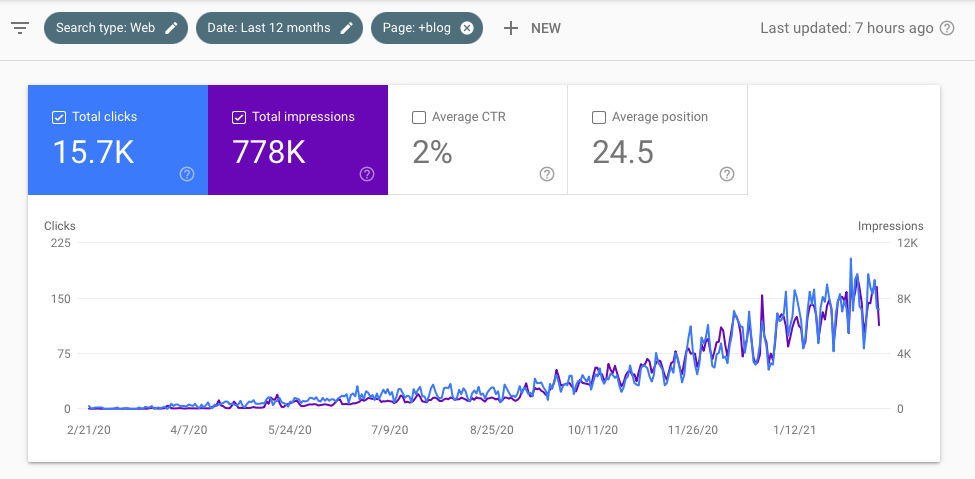
Well, I started seriously somewhere around April but here’s data for a year. What you see is a steady upward trend in the number of clicks from Google that visit the ERPNext blog. Someone searches for a term, sees a blog I wrote, and visits the ERPNext website to read it.
You’d ask how are you getting clicks to your blogs? Don’t you have to rank on the first page for that? Absolutely! A good bunch of the blogs I wrote rank on Google’s first page but they’re not the ones I’m most proud of. Here are two blogs I think are my best work at the time of writing:
- Creating and maintaining meaningful customer relationships in digital times
- Marketing for small businesses: A practical intro guide to starting your lead flow (it's not just ads).
But I can’t shrug off my achievements without showing off a little. Among my most successful blogs that rank is production planning:
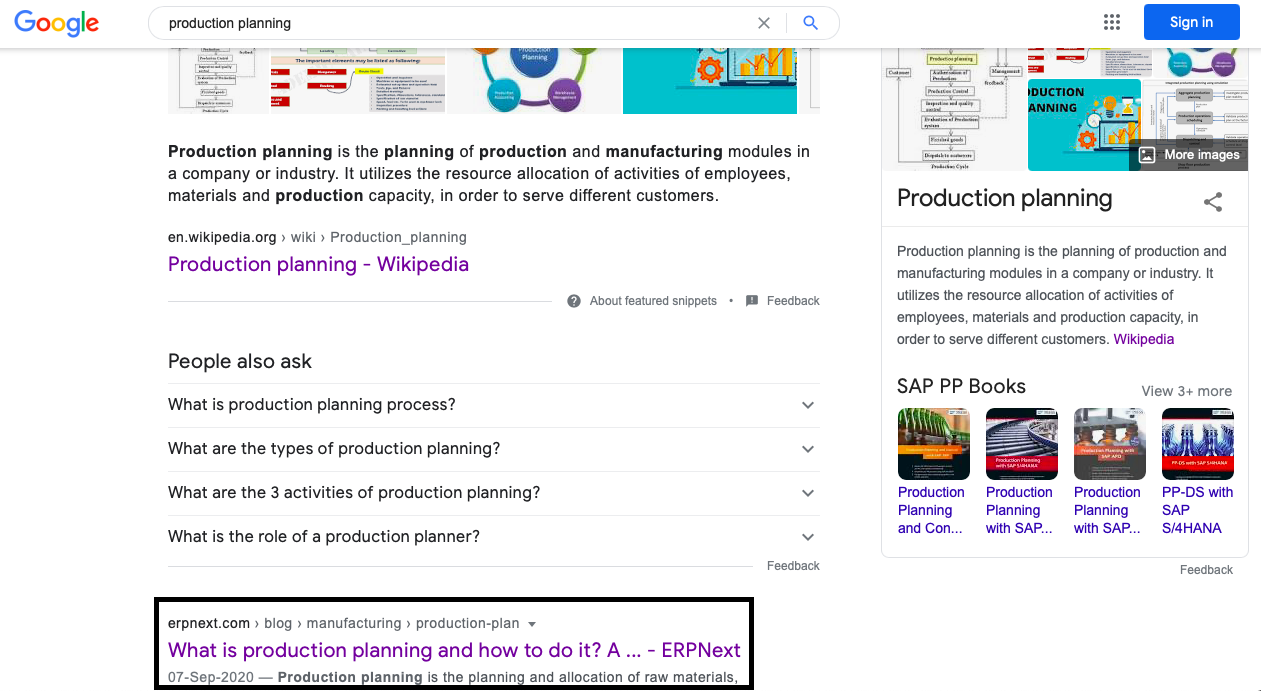
And a blog on bill of materials that ranks around the fourth-fifth position. There are of course many more pieces about different topics like backordering, packing slips, SKUs, manufacturing methods, etc., which are still growing. The more I write, the more I realize that quality work is rewarded and that’s why not everyone does this, it’s work.
To talk more about results, efforts from the blog, landing pages, and the newsletter have contributed to about 12%-15% of total monthly incoming leads. While I can’t tell you exactly how much that is, it’s somewhere in the 3 digit range. I also requested a set up of metrics to track dollar value contribution from marketing to conversions. So now I can see how much exactly do marketing assisted conversions bring in for the company, it’s not a lot but it’s great to see all of this is making some impact. This, the metrics on views, conversions, and positive feedback from readers give me a pat on the back for the efforts as I smile at the screen from time to time.
Restarted cycling
To change to a lighter note, let’s talk about a hobby I revisited. For me, cycling has been a fond activity from school to college but something just waned off with the years. So in December 2020, after impatiently waiting for stock to arrive, I finally got my hands on a brand new bicycle. It’s nothing fancy but looks nice and does the job. I’ve been slowly riding it more and quite recently completed my first century ride with 103km within the first 3 months of cycling! Okay, it was staggered with a boat ferry on the return but totals to a century nevertheless. Here’s a picture of my new bicycle:
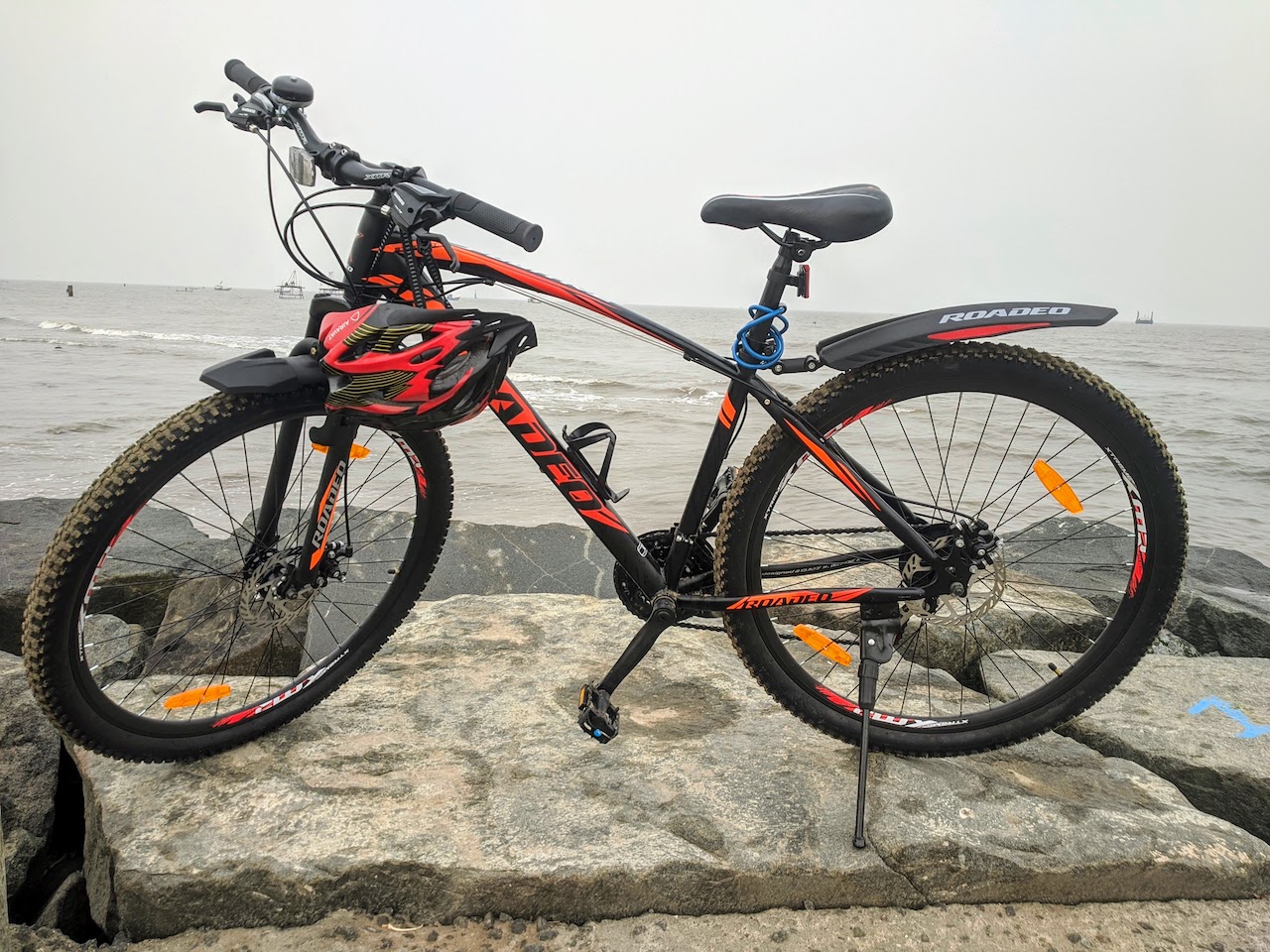
With the right company, it doubles up as exercise and a recreational activity. When feeling like it, you can also take off alone to get away from the noise.
Other hobbies
To talk more about hobbies, I also picked up reading again with an 8 book in 2 months frenzy in between which is now dialed to a more manageable 2 or so books a month. A Kindle sure makes reading convenient. I also play chess sometimes.
This doesn’t qualify as a hobby but I did some courses in marketing from various sources to learn more about analytics, content marketing, and copywriting.
Towards more growth
Coming to the end, between blogs, newsletters, and landing pages, I did a few more white papers. I learned a lot about writing, thinking before writing, writing while actually caring about the reader, having an intention to educate and add value to the audience as well as the company.
Almost, every time I write a new piece and look at the older one, I see how that could’ve been so much better. I love that feeling, it means that every time I write and read and look back, I see that I’ve become better, even if a little.
Yet I still have so much to learn like great storytelling, messaging, funnels, writing even better blogs, more depth in thought and in action. To think that I’ve become good at what I do for ranking a few blogs on Google’s first page would be naive, even if a remarkable achievement nonetheless. I look forward to constant active learning, taking criticism and feedback, doing it better than the last time, being uncomfortable, and taking initiative towards growth.
Check out my first year’s experience at Frappe here.
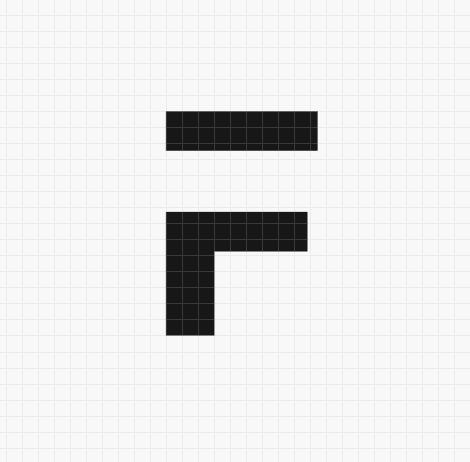
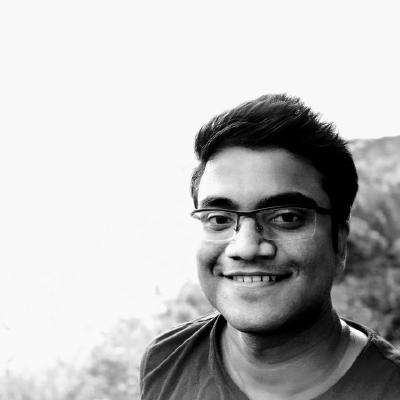


·
Great blog 👍